When it comes to exploring the animal kingdom, size matters—especially for zoos dedicated to giving animals the space they need to thrive. The largest zoos in the world go beyond traditional enclosures, creating expansive habitats that closely mimic the wild. These massive sanctuaries aren’t just for showcasing diverse species; they’re also centers for conservation, research, and education, helping protect endangered animals and teach visitors about the importance of biodiversity. From sprawling safari parks in the United States to vast reserves in Australia and beyond, these zoos offer unforgettable experiences for both animals and people. Here’s a look at some of the largest zoos on Earth, each with its own unique way of supporting wildlife and engaging the public.
The Wilds – Cumberland, Ohio, USA

Spanning over 9,154 acres, The Wilds in Ohio is one of the world’s largest wildlife conservation centers. This immense area offers animals a unique environment with vast, open spaces that mimic their natural habitats. Unlike traditional zoos, The Wilds emphasizes wildlife conservation and research. Its landscapes feature sprawling meadows, lakes, and forests that support a range of species, from rhinoceroses to rare birds. Visitors can take safari tours to observe animals roaming freely, creating an immersive experience. The Wilds’ size allows it to house and breed endangered animals while supporting ecological research. This zoo is as much about preserving biodiversity as it is about public education.
San Diego Zoo Safari Park – Escondido, California, USA
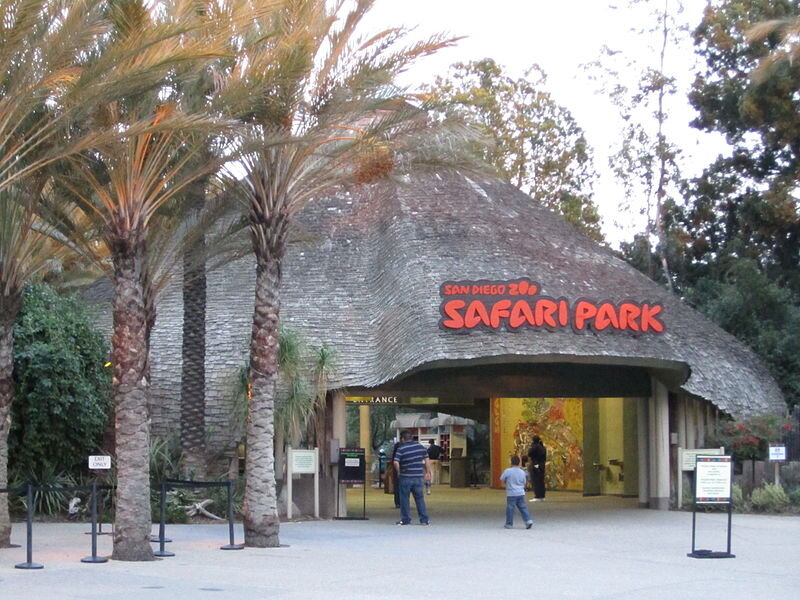
The San Diego Zoo Safari Park covers approximately 1,800 acres, a vast area dedicated to wildlife conservation and education. Located in California, this park is renowned for its open-range enclosures, where animals like giraffes, rhinos, and zebras can roam freely. Visitors can explore this immense landscape through safaris, tram rides, and guided tours. The park is designed to replicate the natural environments of its inhabitants, including African savannahs and Asian plains. Its size allows large herds of animals to live in conditions similar to the wild. Over 2,600 animals from 300 species call this park home, creating a diverse ecological community. The expansive area is ideal for conservation efforts, especially for species under threat.
Toronto Zoo – Toronto, Ontario, Canada

Occupying 710 acres, the Toronto Zoo is the largest zoo in Canada and a hub for animal care and education. It houses over 5,000 animals from around the globe, representing over 460 species. Divided into seven distinct regions, the zoo recreates habitats from Africa, Asia, and the Americas. Each region offers a unique setting where animals live in conditions similar to their native environments. The zoo’s layout is designed to educate visitors about wildlife conservation and biodiversity. Its large area allows for spacious enclosures and enriching environments for its inhabitants. Toronto Zoo’s commitment to conservation and research is evident throughout its sprawling grounds.
Bronx Zoo – Bronx, New York, USA

The Bronx Zoo in New York City spans 265 acres, making it one of the largest metropolitan zoos in the world. Located in the heart of the Bronx, this urban sanctuary is home to more than 6,000 animals. The zoo’s massive area allows for expansive habitats, including the famous Congo Gorilla Forest and Himalayan Highlands. Its exhibits are designed to educate visitors about diverse ecosystems while promoting conservation. With immersive displays, visitors feel transported to different parts of the world. The Bronx Zoo’s commitment to preserving endangered species is evident in its spacious enclosures and breeding programs. As one of the oldest zoos in the United States, it continues to be a leader in wildlife conservation.
Beijing Zoo – Beijing, China

The Beijing Zoo covers 219 acres and is one of China’s oldest and largest zoological parks. It was established in 1906, making it a historical site in addition to a massive wildlife sanctuary. Housing more than 450 species, the zoo is home to rare animals like the giant panda, golden monkey, and South China tiger. Its expansive grounds include lakes, gardens, and traditional Chinese pavilions, creating a unique cultural and natural experience. The zoo’s area allows it to provide large, enriching enclosures for its animals. Education and research programs at Beijing Zoo play a crucial role in conservation across Asia. Its vast space contributes to the well-being and natural behaviors of its diverse species.
Disney’s Animal Kingdom – Orlando, Florida, USA
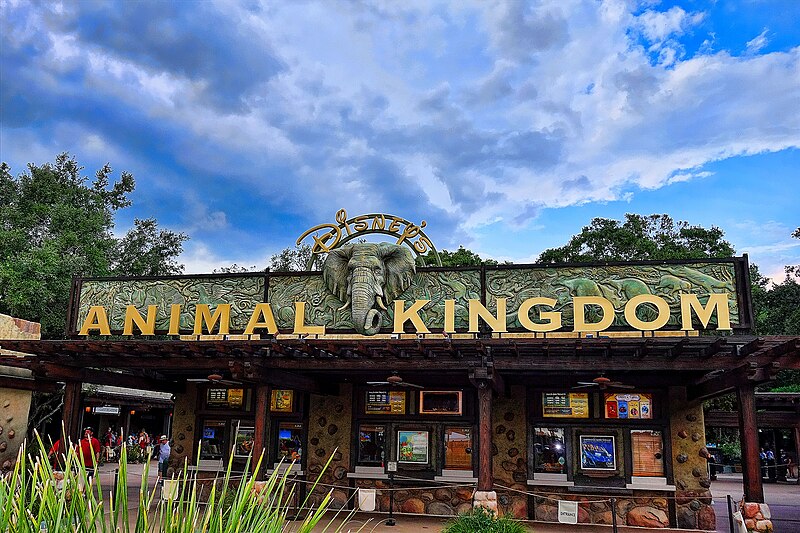
Disney’s Animal Kingdom stretches over 580 acres, blending wildlife conservation with entertainment. Unlike traditional zoos, it offers themed areas where visitors can explore African savannas and Asian jungles. Home to more than 1,700 animals from 250 species, this park is designed to replicate natural habitats. Its large area allows animals ample space to roam and interact in settings that feel like their native environments. The park’s size supports immersive attractions like the Kilimanjaro Safaris, a ride through open plains with free-roaming animals. Conservation efforts are central, with the park contributing to the Disney Conservation Fund. This massive area promotes education and awareness while entertaining millions annually.
Henry Doorly Zoo – Omaha, Nebraska, USA

Occupying 130 acres, Henry Doorly Zoo in Omaha is known for its innovative exhibits and conservation efforts. Although it’s smaller than some zoos on this list, its size is optimized to create immersive environments. Notable features include the world’s largest indoor desert and one of the largest indoor rainforests. Housing over 17,000 animals from around the world, the zoo focuses on both terrestrial and marine life. Its grounds provide expansive enclosures and educational areas for species preservation. Conservation and research initiatives are a major focus, especially for endangered species. Despite its size, Henry Doorly Zoo stands out for its impressive exhibits and dedication to wildlife protection.
Columbus Zoo and Aquarium – Columbus, Ohio, USA

With 580 acres, Columbus Zoo and Aquarium is among the largest zoos in the United States. It’s home to over 7,000 animals, representing 800 species from across the globe. The zoo features diverse habitats, from African savannas to the Polar Frontier, each designed to mimic natural environments. Its expansive grounds offer animals more room to exhibit natural behaviors in enriched environments. Visitors can experience interactive exhibits and educational programs throughout the year. Conservation projects are a significant focus, with efforts to protect endangered species worldwide. Columbus Zoo’s vast area enhances its capacity for both animal welfare and public engagement.
Berlin Zoological Garden – Berlin, Germany

Covering 86.5 acres, Berlin Zoological Garden is Germany’s oldest and most famous zoo. Established in 1844, it houses over 20,000 animals from 1,500 species, making it one of the world’s most biodiverse zoos. The zoo’s area includes beautifully landscaped gardens and historical architecture that offer a unique cultural experience. Its spacious grounds provide large enclosures that prioritize animal welfare. This zoo is renowned for its breeding programs, especially for endangered species like the giant panda. Education and research are core to Berlin Zoo’s mission, attracting millions of visitors annually. Its large area enables it to offer both a historical and ecological experience.
Australia Zoo – Beerwah, Queensland, Australia

Australia Zoo spans 1,000 acres and is renowned for its focus on native Australian wildlife. Originally opened by the late Steve Irwin, this zoo has grown into a massive conservation facility. Its expansive grounds house iconic animals like crocodiles, koalas, and kangaroos, giving them ample space to thrive. The zoo is known for its hands-on approach, allowing visitors to interact with animals under expert guidance. Conservation and education are central to Australia Zoo, with extensive breeding programs for endangered species. The zoo’s vast area allows it to conduct research on local species and their habitats. This zoo is a tribute to Australian biodiversity and wildlife conservation.
Smithsonian National Zoological Park – Washington, D.C., USA

The Smithsonian National Zoological Park, covering 163 acres, is a free public zoo located in the nation’s capital. Established in 1889, it is part of the Smithsonian Institution and houses over 2,700 animals from 390 species. Its large area features immersive exhibits like the Asia Trail and Amazonia, which showcase diverse ecosystems. The zoo’s commitment to conservation and education is evident through its programs and spacious animal enclosures. Its area allows for substantial research and breeding programs, particularly for endangered species. The zoo’s layout educates visitors on global biodiversity and the importance of preservation. Millions of visitors enjoy this historic and ecological landmark annually.
Taronga Western Plains Zoo – Dubbo, New South Wales, Australia

Taronga Western Plains Zoo spans 741 acres, providing a safari-style experience for visitors. Located in Dubbo, Australia, this zoo offers an open-range environment that allows animals like giraffes, zebras, and rhinos to roam freely. The large, naturalistic habitats contribute to the well-being and behavioral enrichment of the animals. Guests can explore the zoo by car, bike, or on foot, making it an immersive and flexible experience. Conservation is central to its mission, with breeding programs for endangered species actively supported by the zoo’s vast area. Its extensive space also supports education programs that highlight the importance of wildlife preservation. Taronga Western Plains Zoo is as much a conservation site as it is a tourist attraction.
Saint Louis Zoo – St. Louis, Missouri, USA
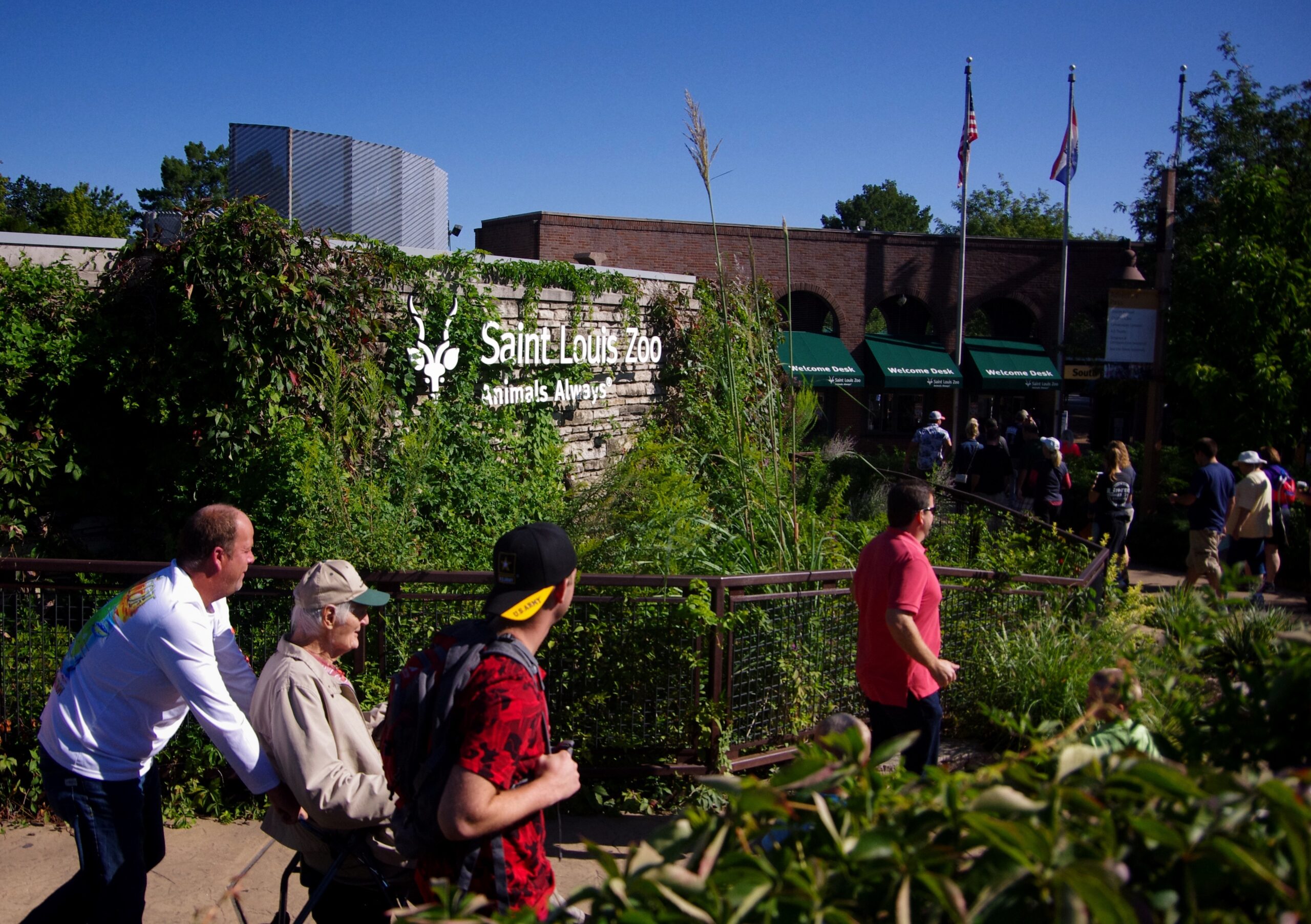
Covering 90 acres, the Saint Louis Zoo is a popular destination known for its diverse collection and commitment to animal welfare. Established in 1910, it houses more than 18,000 animals representing nearly 700 species. The zoo’s area allows for immersive habitats, such as the River’s Edge, where elephants, hippos, and other large animals live in spacious, enriched environments. Conservation and education are key missions, supported by innovative exhibits that replicate global ecosystems. Free to the public, this zoo emphasizes accessibility and education through interactive displays. Saint Louis Zoo’s size supports its efforts to contribute to global conservation initiatives. It’s recognized as one of the world’s most innovative and visitor-friendly zoos.
Singapore Zoo – Singapore

Singapore Zoo occupies 69 acres and is renowned for its “open concept” layout, which eliminates traditional enclosures. Known as one of the best rainforest zoos in the world, it is home to over 2,800 animals from 300 species. The zoo’s area is designed to recreate natural habitats with moats and glass barriers, allowing animals and visitors close interaction. Its large grounds feature ecosystems from across the globe, including the Fragile Forest, where free-roaming animals live in lush surroundings. The Singapore Zoo is highly focused on education and wildlife conservation. Its immersive and interactive environment draws millions of visitors annually. This unique zoo combines innovative design with a deep commitment to animal welfare.
Whipsnade Zoo – Bedfordshire, England
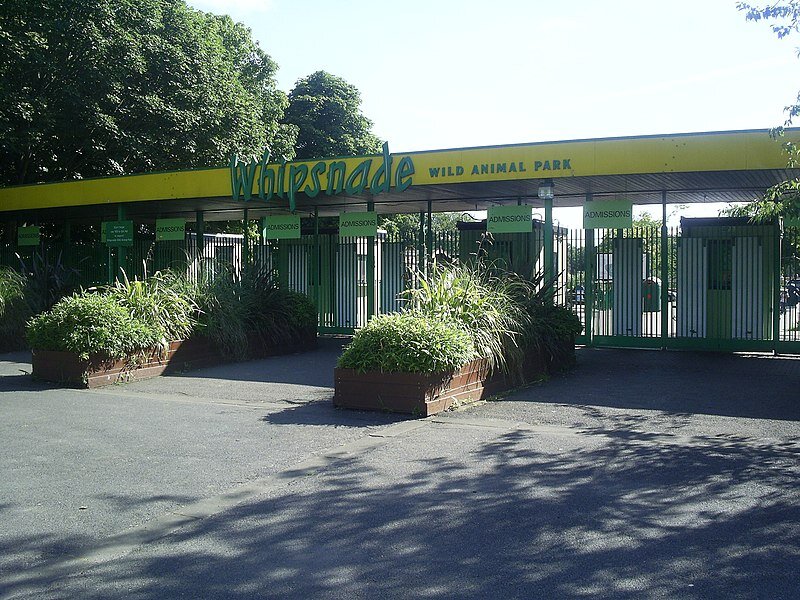
Spanning 600 acres, Whipsnade Zoo is the largest zoo in the United Kingdom. Operated by the Zoological Society of London, it houses over 2,500 animals from 200 species. Whipsnade’s large area allows it to maintain open-range enclosures where animals like elephants and giraffes roam freely. The zoo emphasizes conservation and is home to breeding programs for endangered species. Its extensive grounds also include areas for native wildlife conservation. Whipsnade Zoo’s size supports both animal welfare and educational programs for visitors of all ages. The scenic landscape and free-ranging animals offer a memorable experience that differs from traditional zoos.
Al Ain Zoo – Al Ain, United Arab Emirates
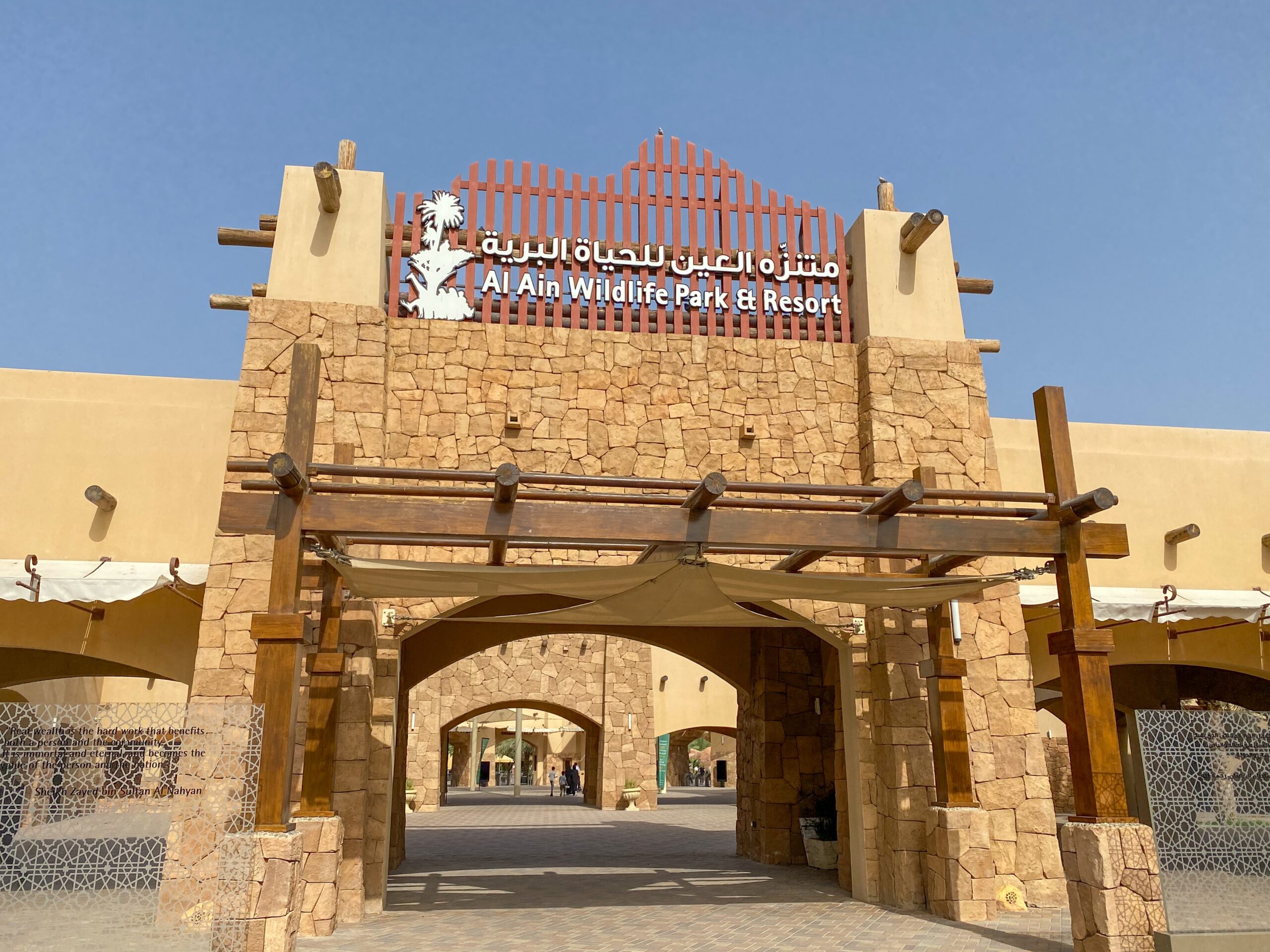
Covering an impressive 900 acres, Al Ain Zoo is one of the largest zoos in the Middle East. Founded in 1968, it is home to over 4,000 animals, including many species native to the Arabian Peninsula. The zoo’s area is designed to provide animals with spacious habitats that mimic their natural environments. Al Ain Zoo focuses heavily on conservation, with breeding programs for endangered species like the Arabian oryx. Visitors can explore various sections, including an African safari and a desert wildlife zone. Its vast space supports educational initiatives that emphasize the importance of conservation in arid environments. Al Ain Zoo combines cultural heritage with modern zoological practices.
North Carolina Zoo – Asheboro, North Carolina, USA

The North Carolina Zoo occupies 2,600 acres, making it one of the largest natural habitat zoos in the world. Located in Asheboro, it is home to over 1,600 animals from North America and Africa. The zoo’s expansive area allows for spacious enclosures that replicate natural ecosystems, from African savannas to North American forests. Visitors can explore these environments on foot or through tram rides, providing multiple perspectives on wildlife. Conservation and education are central, with programs focusing on both global and local species preservation. The zoo’s commitment to sustainability is evident in its naturalistic exhibits. North Carolina Zoo is a unique blend of wilderness and wildlife education.
National Zoological Gardens – Pretoria, South Africa
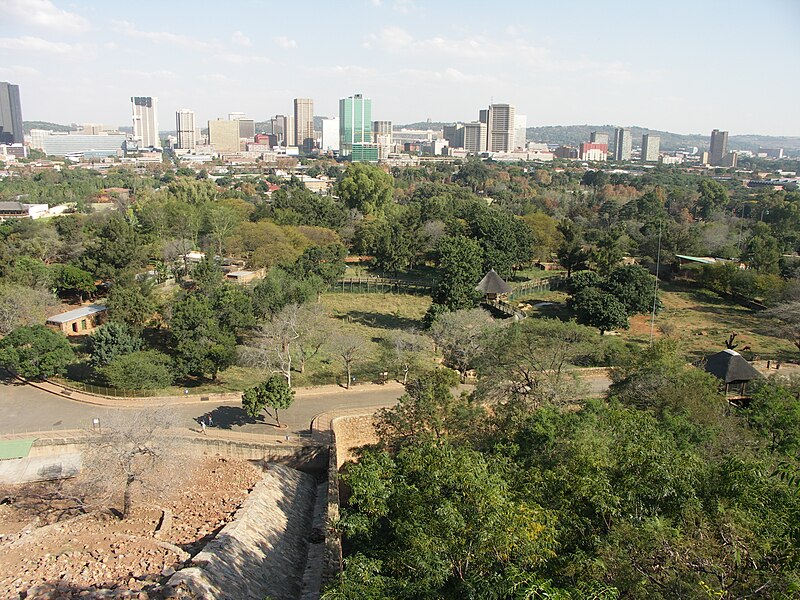
Spanning 210 acres, the National Zoological Gardens in Pretoria is the largest zoo in South Africa. It houses over 9,000 animals, representing more than 700 species from around the world. The zoo’s area includes diverse habitats such as a reptile park, an aquarium, and a walk-through aviary. Its large grounds support breeding programs and conservation projects, especially for African species under threat. Visitors can explore the zoo’s varied landscapes, which are designed to replicate natural habitats. The zoo’s commitment to animal welfare and education is evident throughout its spacious enclosures. National Zoological Gardens is an essential part of South Africa’s wildlife conservation efforts.
Zoo Miami – Miami, Florida, USA

Zoo Miami covers 750 acres, making it the largest zoo in Florida and one of the largest in the United States. Located in a subtropical climate, it’s home to over 3,000 animals from around the world, including unique species from Africa, Asia, and Australia. The zoo’s area allows for large, open enclosures that create a more naturalistic environment for its inhabitants. Zoo Miami is known for its conservation programs, particularly for endangered species like the Sumatran tiger. The expansive grounds support interactive exhibits and educational programs for all ages. The zoo’s design encourages visitors to connect with wildlife in a natural setting. Zoo Miami is as much about education and preservation as it is about entertainment.
This article originally appeared on Rarest.org.
More From Rarest.Org
17 Oldest Board Games in the World

Board games have entertained people for thousands of years. Some of the earliest games date back to ancient civilizations. These games were more than just leisure; they often had cultural and religious significance. Read more.
15 Largest Airports in USA (by Physical Size)
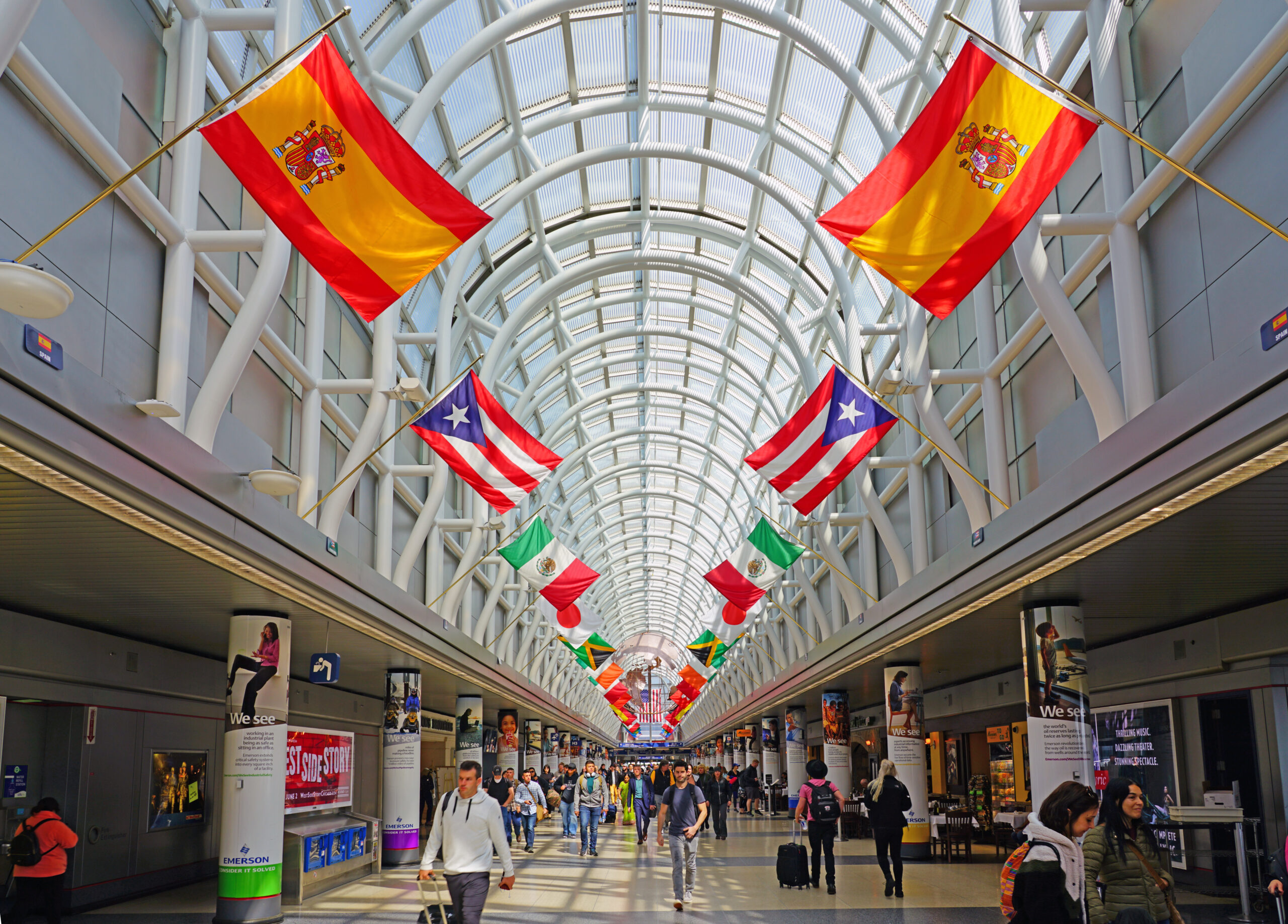
The United States is home to some of the largest and busiest airports in the world. These airports span vast areas of land to accommodate millions of passengers annually. Read more.
16 Famous Historical Sites That Have Been Lost to Natural Disasters

Throughout history, natural disasters have wiped out cities, monuments, and entire civilizations. Some of the world’s most famous landmarks have been lost due to catastrophic events like earthquakes, volcanic eruptions, and floods. Read more.
